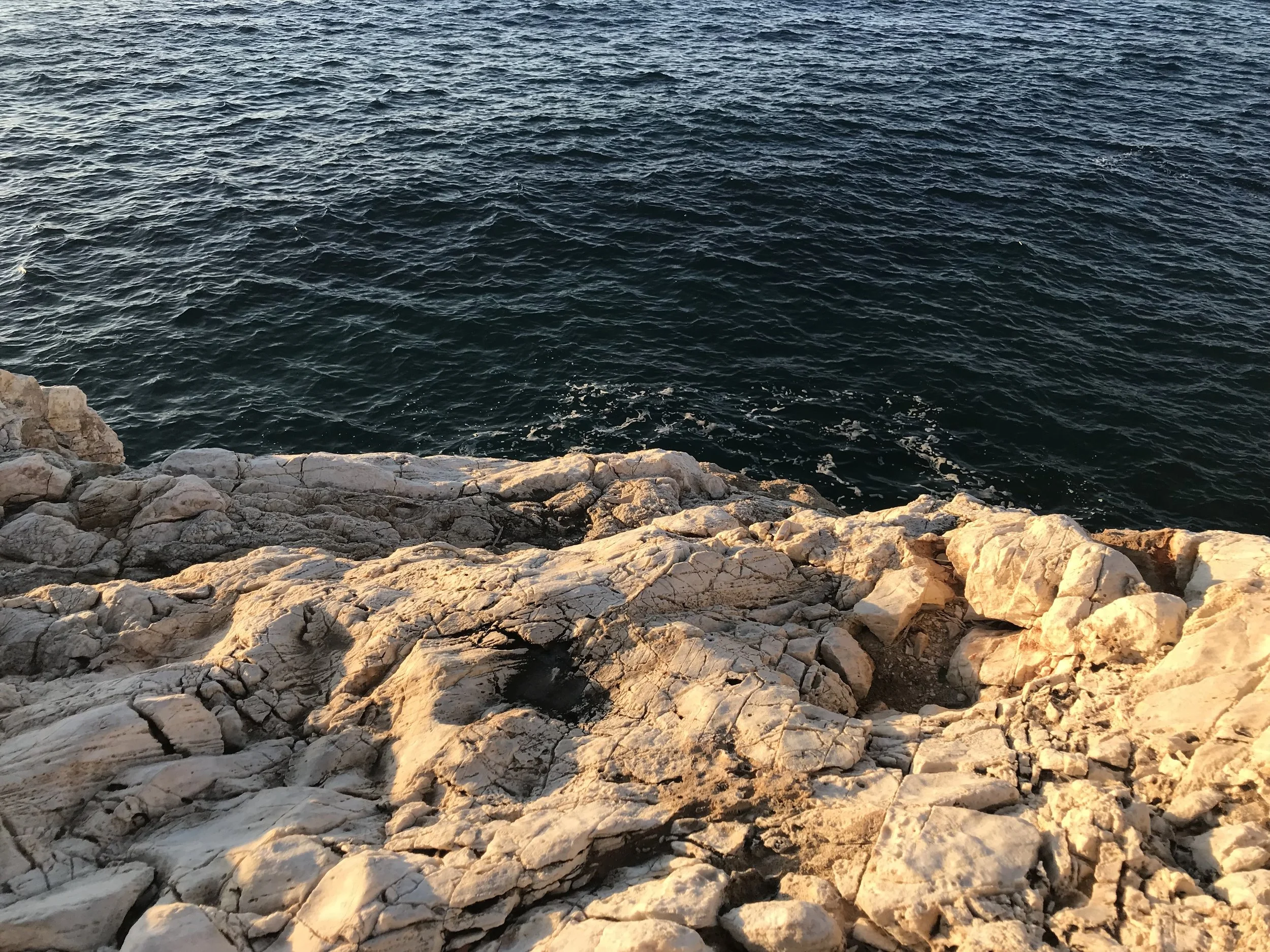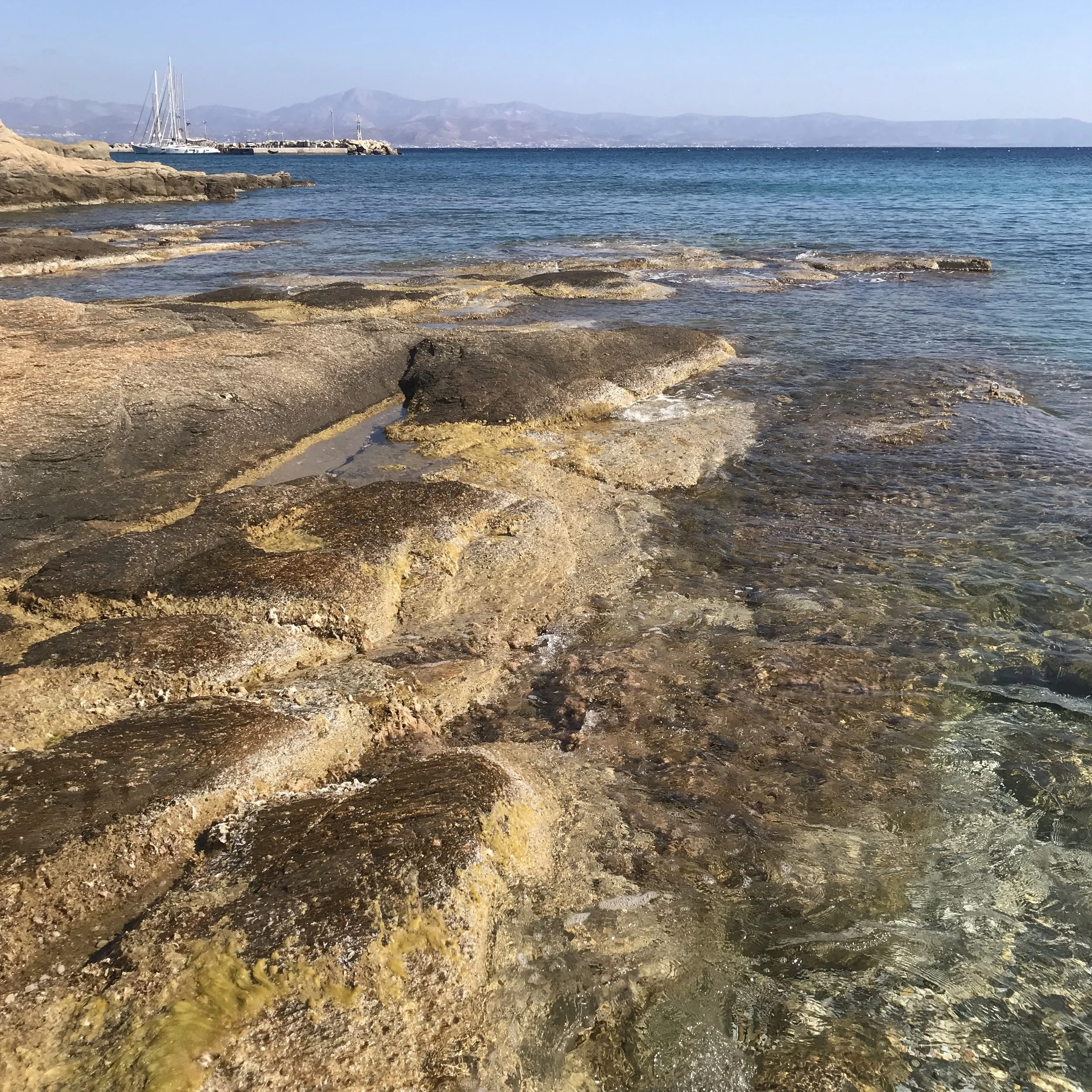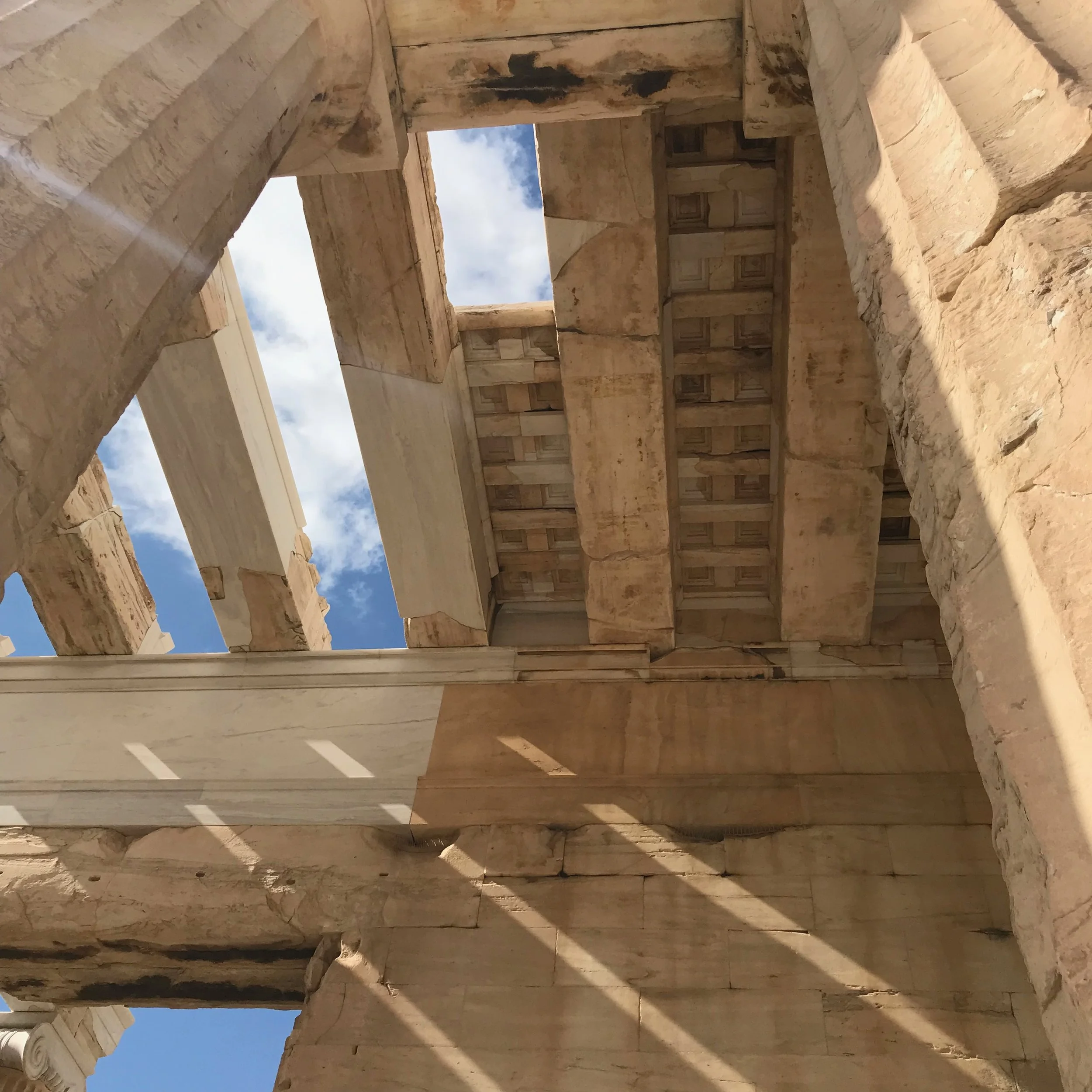The rocks here are rounded, weathered and abundant. Their great bodies rise and fall between the ocean and land. They are a group of rocks that have been heated and compressed, altered so that they are now metamorphic rocks. Their most recent reworking was during the Sveconorwegian orogenesis about 1.59–1.52 billion years ago. Orogenesis is a term that speaks of mountain building, of the great subterranean forces at work as Earth’s tectonic plates converge.
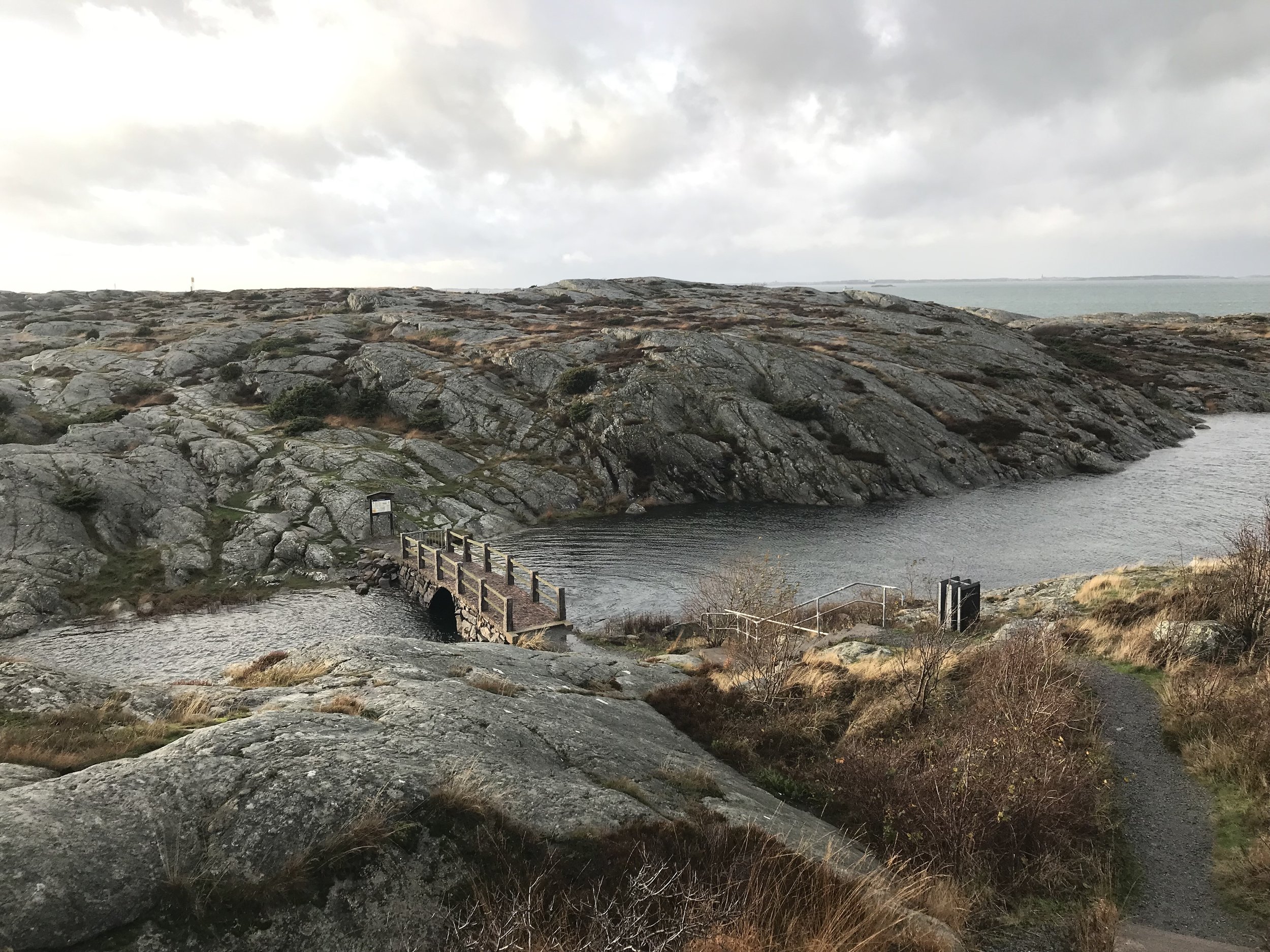
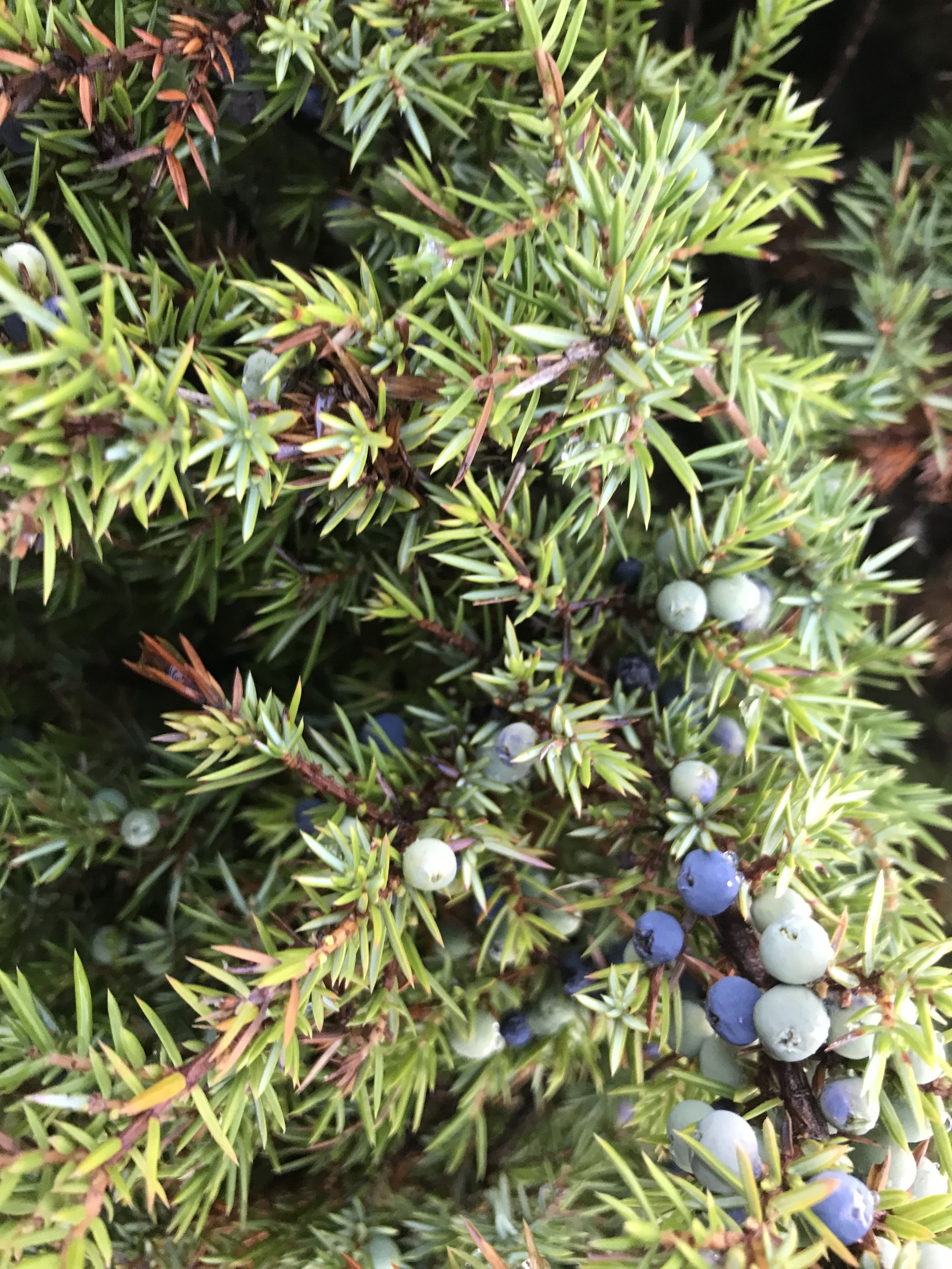
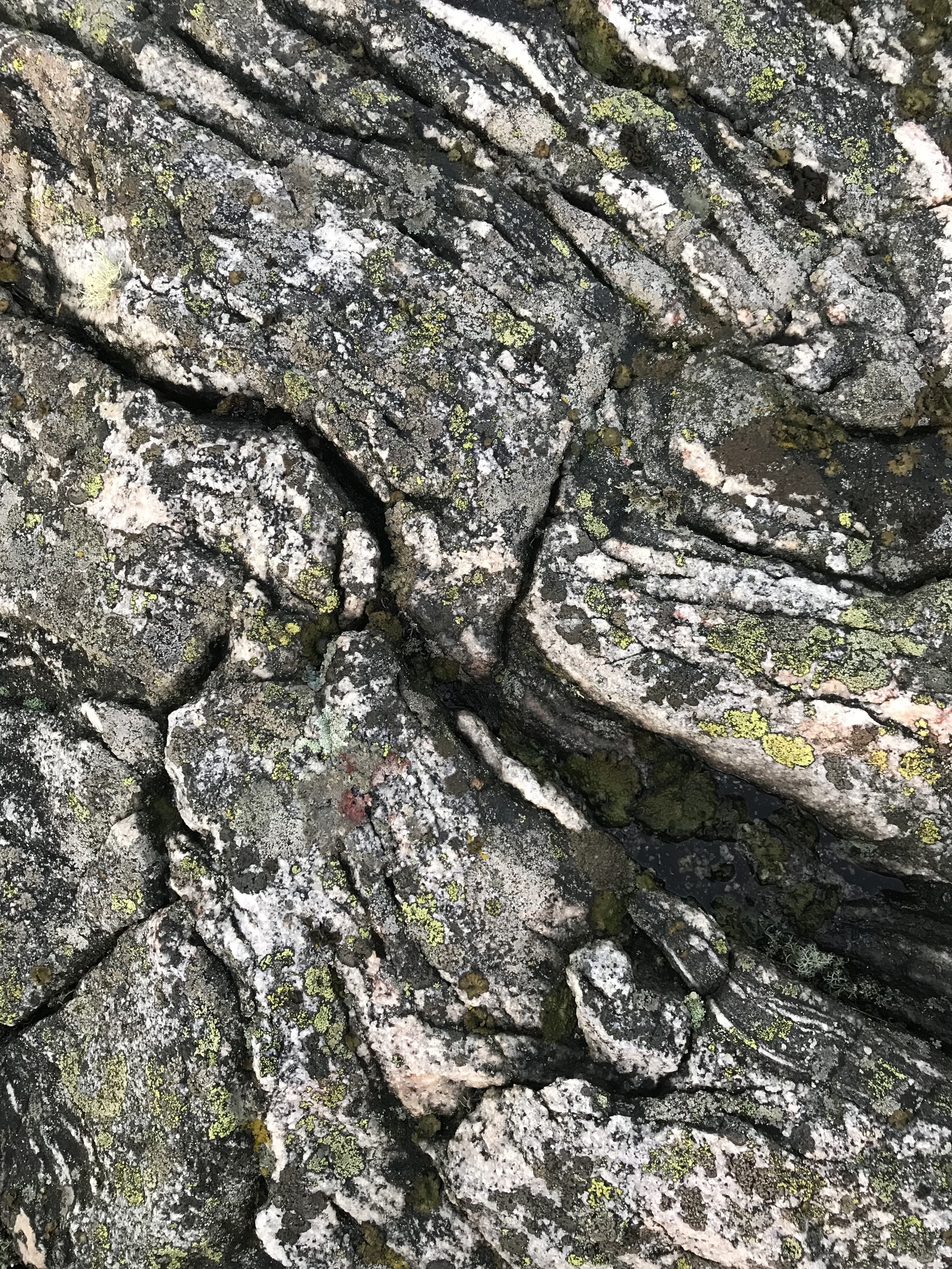
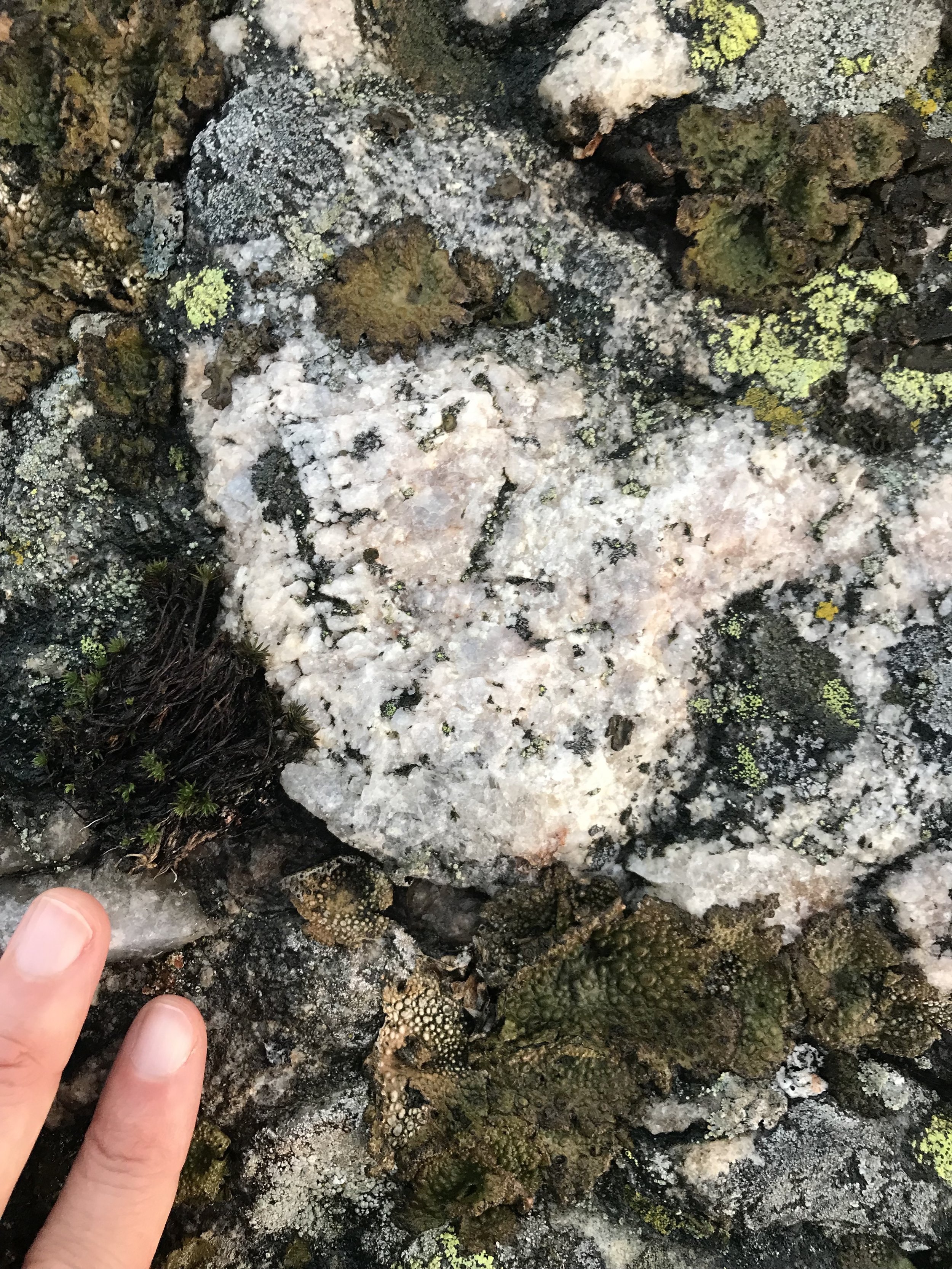



Brännö is an island in the Gothenburg archipelago. There is a small ferry that will take you from Saltholmen to Brännö.
Lithology sourced from SGU:
Metagraywacke: greywacke (sandstone) metamorphosed.
Quartzite: quartz rich sandstone metamorphosed.
Paragneiss: sedimentary rock metamorphosed showing gneissic mineralogy and texture.
Metabasalt: metamorphosed basalt.
(1.6-1.5 billion years)
The sounds of this island have stayed with me. The falling, running water, dripping from leaves and burbling along rivulets. Pathways overflowing with water. The full moon high tide was rising as we walked.



